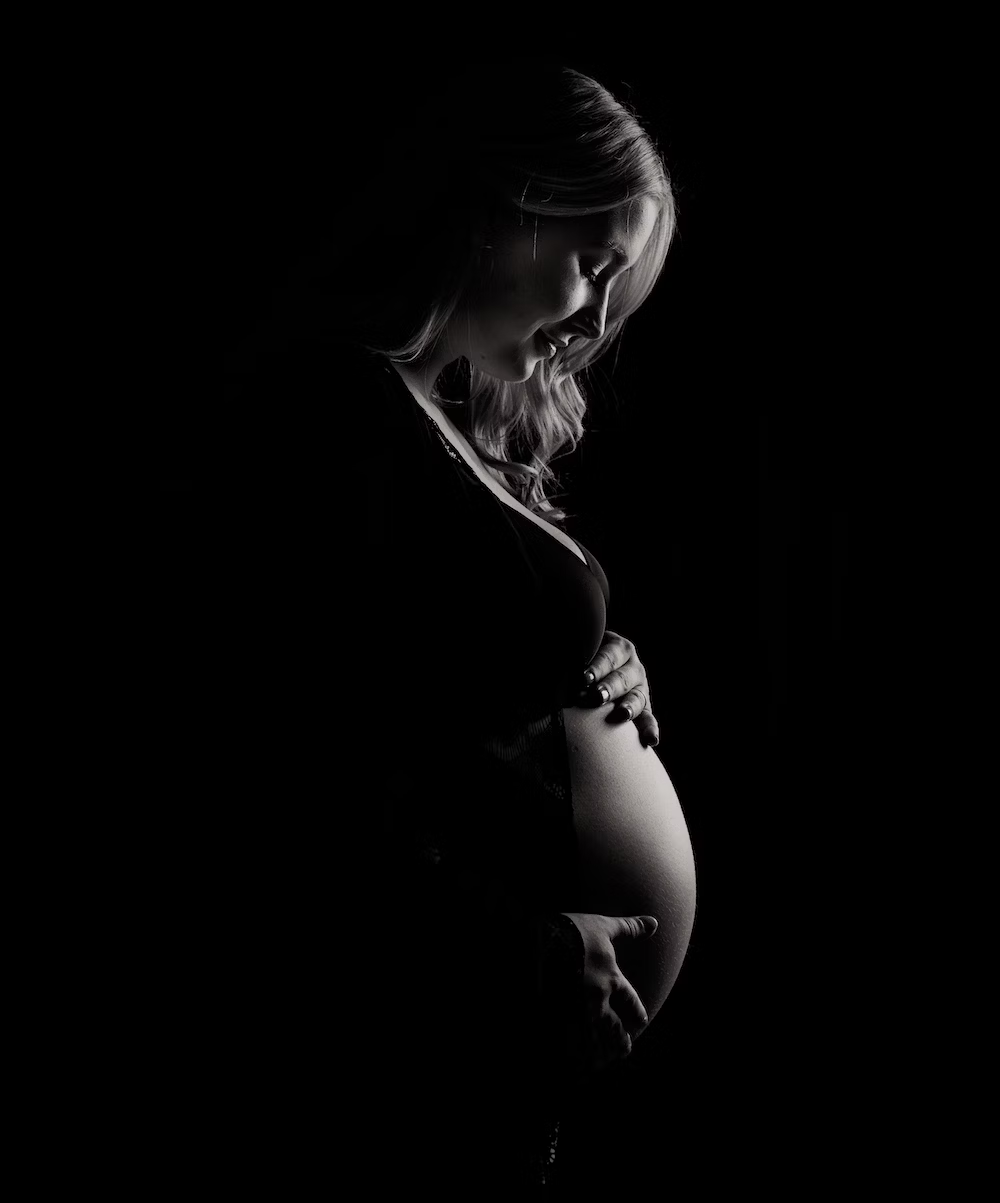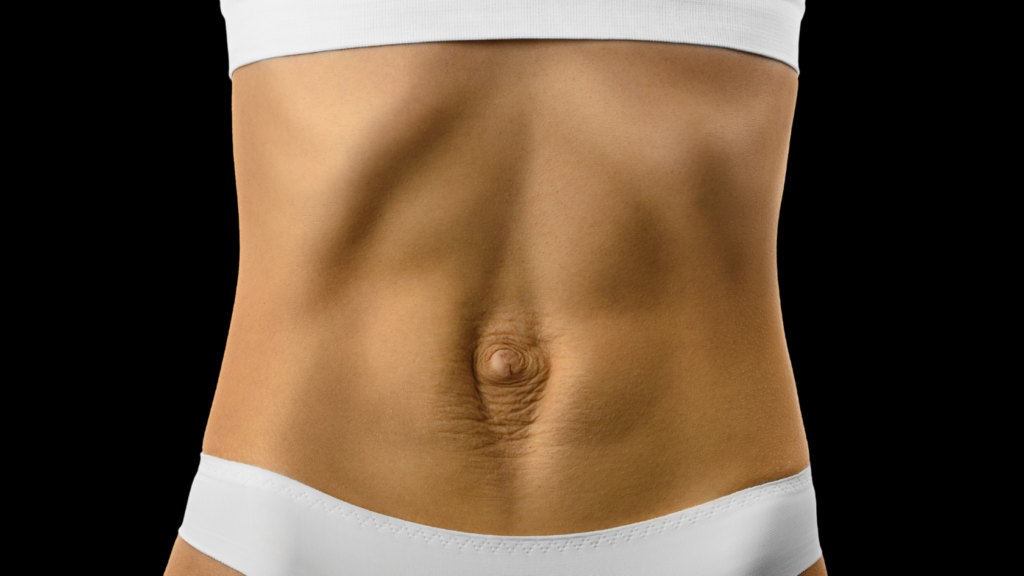


Giving birth to a new life is a wonderful experience and a woman goes through many emotional and hormonal changes. A big belly is a common occurrence during pregnancy however women also experience post baby belly or still look pregnant after giving a birth.
Diastasis recti may be at blame if your stomach still looks pregnant months after birth. Here is some information on this usual postpartum issue.
Diastasis Recti: What is it?

Diastasis recti abdominus affects about two-thirds of pregnant women. In a nutshell, it’s a separation between your right and left abdominal wall muscles, as well as a weakening of the connective tissue that connects them. Before or after birth, this might result in a rounded, projecting belly.`
Diastasis Recti: What Causes it?

Diastasis recti is caused due to pregnancy hormones and your enlarged uterus. Ccomplex muscle system that supports most of the body’s actions, such as sitting & walking can be contemplate to understand how it forms.
Rectus abdominus is a muscle that runs from the sternum to the pubic bone and is divided into two segments. The segments join with each other in a network of connective tissue at the midsection and sit above the other core muscles. The obliques and transverse abdominus encircle around the sides of the body and produce a type of internal corset.
The weight of the child presses down on the pelvic floor and outward against these muscles while a woman is pregnant. Diastasis recti happens when the rectus muscle is further separated by an extended midsection, similar to “an undone zipper.” The connective tissue may also expand out as a result of pregnancy hormones.
In a postpartum woman, a gap of less than three-quarters of an inch is considered typical. Anything greater than that is considered as Diastasis Recti. Although the emphasis shouldn’t really be solely on the magnitude of the separation, you should also factor in how your abdominal wall is functioning.
Diastasis Recti: Symptoms?

Belly Bulge
Lower back pain
Poor posture
Constipation
Diastasis recti in some women is attributed with rectum, uterus, bladder or umbilical hernia, in which connective tissue in the midsection tears, which can lead organs to breach that hole.
Diastasis Recti: Pregnancy Risk Factors

In the following scenarios, women are more likely to acquire diastasis recti:
They’re small.
They’re expecting multiple children.
They’ve had multiple pregnancies.
Later in life, they become pregnant.
They have a weak muscular tone.
They sit with their backs swayed.
Your medical history could also be a factor. Women who already have diastasis recti from a previous pregnancy are more likely to get it again. Women who have had a history of umbilical or ventral hernia, as well as pelvic instability, are more likely to acquire it.
Diastasis Recti: How to self test

Are you unsure if you have diastasis recti? A self-test is simple to carry out. Simply lie down on your back, knees bent, and feet flat on the floor. Place one hand on your stomach, fingers on your midline at the navel. Gently press your fingertips down and raise your head into a crunch-like position (shoulders remain on the ground).
Feel for the sides of your rectus abdominis muscles to discover if they are divided and how far apart they are. Separation is often expressed in terms of finger widths—for example, two or three (or more) fingers separated—and it can imply diastasis recti.
Diastasis Recti: Prevention

Protecting the muscles of your susceptible abdomen might help prevent them from separating. When getting out of bed, the couch, or the floor during pregnancy use the log roll method. This entails rolling onto one side with your torso and head aligned, then pushing yourself up to a sitting position with your arms.
Diastasis Recti: How it can be treated

Exercise can help to heal diastasis recti and should be used as the initial step toward recovery; just make sure to receive permission from your doctor first. At-home fitness regimens strengthen the core while avoiding movements that aggravate the problem, such as crunches, which are a big no-no for diastasis recti sufferers. As a diastasis recti treatment, physical therapy may be prescribed.
If diastasis recti is severe, it can be treated with surgery, usually a stomach tuck with skin removal. But consider it a last resort. Surgical correction of a diastasis recti should be done only after a woman is certain that she is done having children.
Ryan Fernando is an Award-winning celebrity Sports Nutritionist with 2GUINNESS world record and 2 Olympic medals under his belt. His client list include Olympic wrestler Sushil Kumar, cricketer Shikhar Dhawan & bollywood superstars Aamir Khan & Abhishek Bachchan. He is CEO & Chief Nutritionist at QUA Nutrition Signature Clinics.
Reference:
©2023 All Rights Reserved Ryan Fernando. Designed and Developed by Floral Web Services